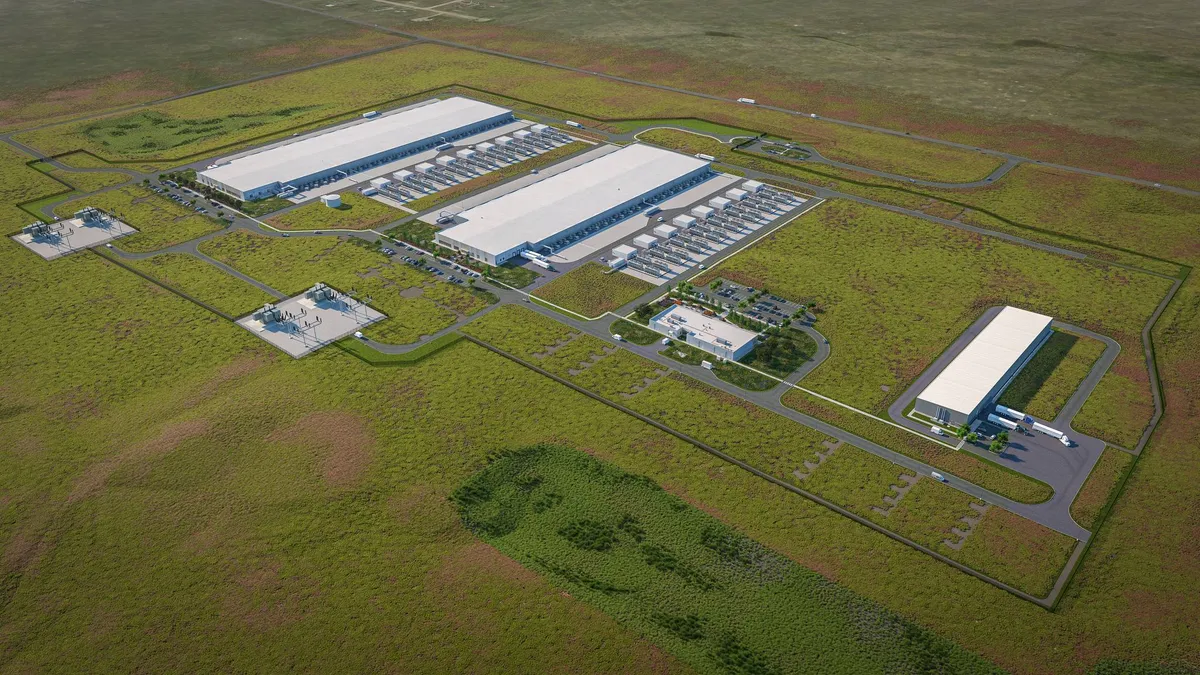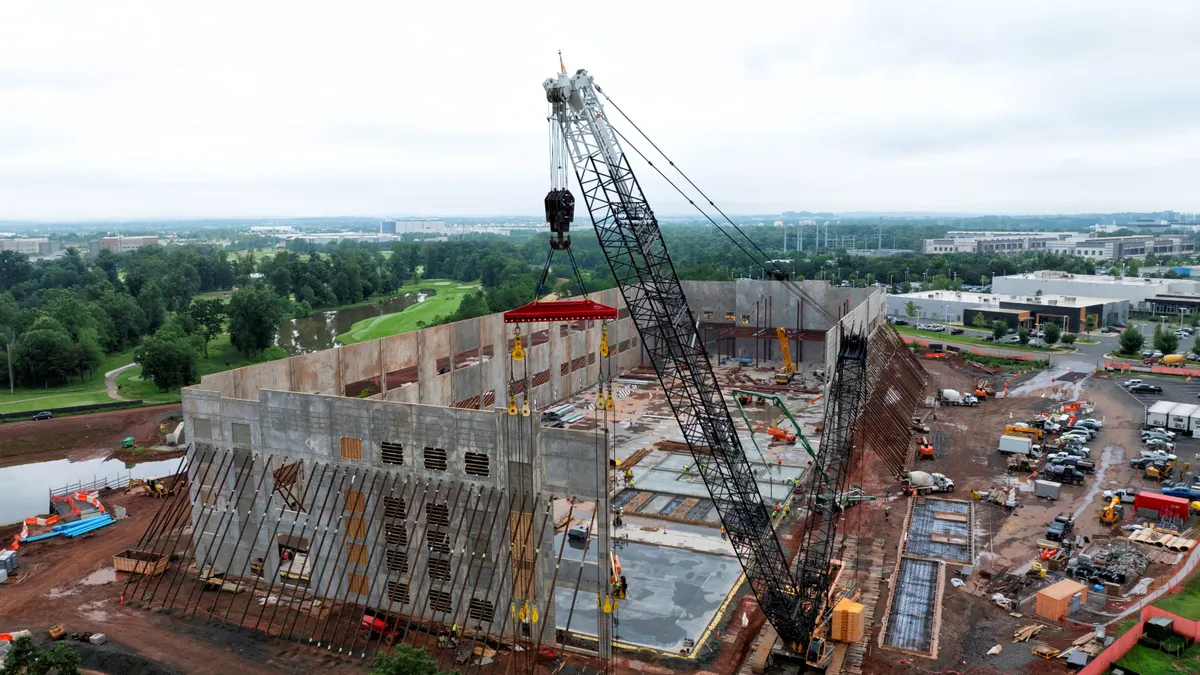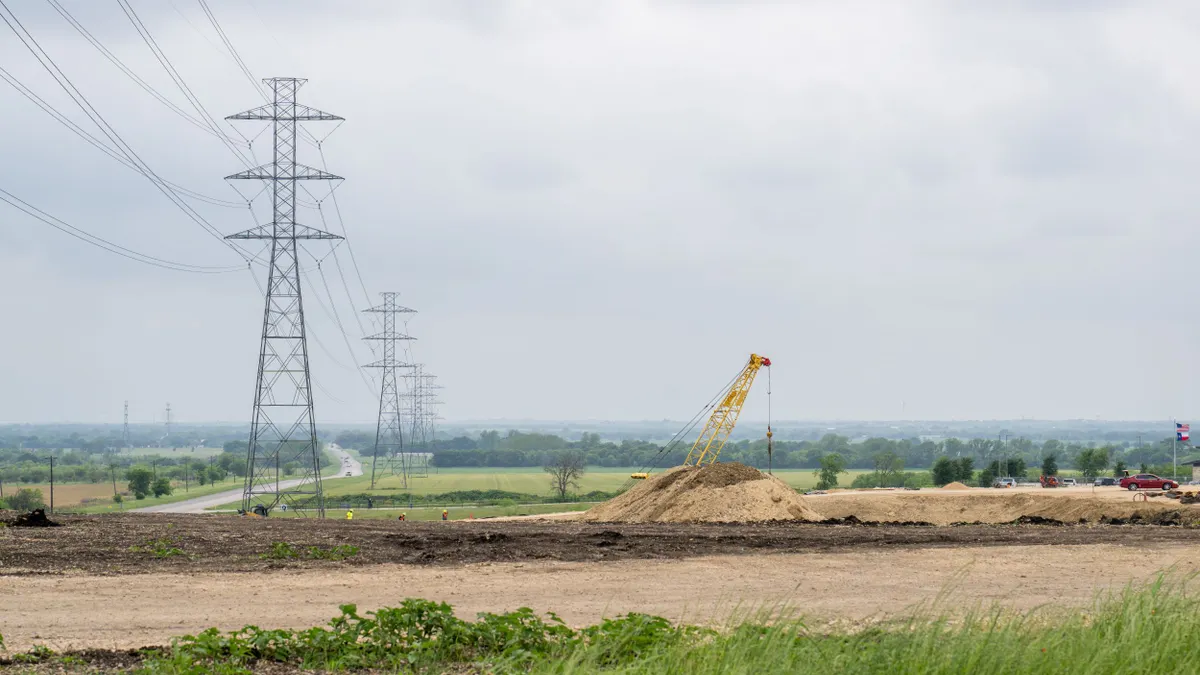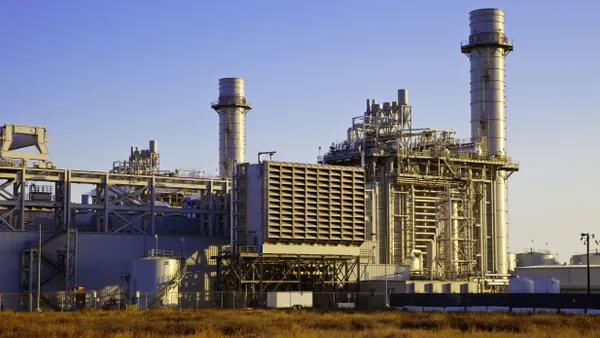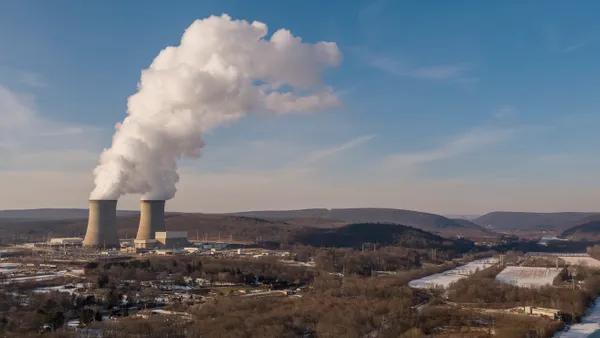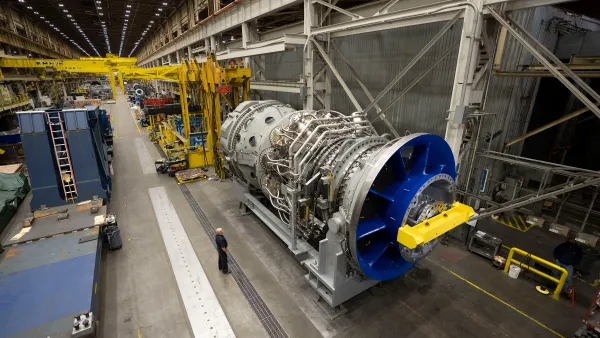Dive Brief:
- The Federal Energy Regulatory Commission on Monday rejected a large load tariff proposed by Tri-State Generation and Transmission Association, saying it intruded on retail rate regulation, which falls under state jurisdiction and is outside of FERC’s authority.
- “We find that Tri-State has not provided a sufficient basis for the Commission to find that its proposal does not regulate the terms and conditions of a [High Impact Load] Customer’s retail service in ways that are beyond the Commission’s authority,” FERC said.
- With FERC beginning to consider the U.S. Department of Energy’s request that the agency develop rules for interconnecting large loads to the transmission system, the Tri-State decision provides insights into the commission’s thinking about its jurisdiction over the issue, according to Steven Shparber, a member at the law firm of Mintz, Levin, Cohn, Ferris, Glovsky and Popeo. “FERC’s decision relied on longstanding U.S. Supreme Court precedent noting that FERC may not regulate retail sales, which are exclusively within the states’ jurisdiction,” he said in an email.
Dive Insight:
Tri-State’s Aug. 28 proposal came as utilities like AEP Ohio and Dominion Energy Virginia have adopted tariffs that set out terms and conditions for interconnecting data centers and other large loads.
In its proposal, Tri-State — a wholesale cooperative based in Westminster, Colorado, with 40 utility members in Colorado, Nebraska, New Mexico and Wyoming — said there is growing interest in building data centers in the Mountain West region. It has received 10 requests from member utilities to add loads ranging from 45 MW to 650 MW that could each grow to 300 MW to 1,000 MW, according to Tri-State, which has a 2,500 MW peak load.
Tri-State said its proposed High Impact Load, or HIL, tariff and High Impact Load Agreement would protect its utility members from a range of risks related to large loads, including the possible need for more transmission and generation to serve the loads as well as cost-shifting onto existing ratepayers.
The Data Center Coalition opposed Tri-State’s proposal, saying in part that the cooperative failed to show it was within FERC’s jurisdiction. Further, the trade group for the data center industry said the emerging patchwork of utility-by-utility large load tariffs was stifling data center development.
FERC’s ruling focused on the scope of its jurisdiction. In a 3-0 vote, the commission dismissed Tri-State’s claims that because the proposed HIL program is similar to its agency-approved demand response program, the commission should find that the HIL program is also within the FERC’s authority.
FERC, for example, said Tri-State’s demand response program does not place terms and conditions on the retail sale of electricity. “Instead, it sets forth the technical requirements that a Utility Member’s demand response resources must meet in order for the Utility Member to qualify for incentive payments from Tri-State’s demand response programs,” FERC said.
FERC said that because it decided that Tri-State’s proposal was outside its authority, the agency didn’t need to address other issues, such as the scope of its jurisdiction over interconnecting loads to the transmission system.
FERC’s decision rests on “relatively narrow” grounds and the agency declined to elaborate on the extent of its jurisdiction, Shparber noted.
“I think this shows that while FERC is not likely to interfere in any matters expressly within states’ jurisdiction moving forward, FERC will likely carve out a larger role for itself on other issues, including with respect to overseeing interconnections to the FERC-jurisdictional transmission system,” Shparber said.
In its decision, FERC gave Tri-State guidance on issues it should consider if it refiles a large load proposal, such as the need to show that its proposed security deposit was appropriately sized to mitigate the risks Tri-State identified, according to Shparber.
“This is important, as disputes between large load customers and utilities related to increased security requirements are continuing to grow across the country,” he said.
FERC Chairman Laura Swett and Commissioner David LaCerte didn’t participate in the Tri-State decision.
Meanwhile, FERC on Monday said it would take comments until Nov. 14 on the DOE’s proposed advance notice of proposed rulemaking for interconnecting large loads to the transmission system. Reply comments are due Nov. 28. DOE asked FERC to issue a final rule by April 30. Typically, FERC takes at least a year to develop a major rule.



